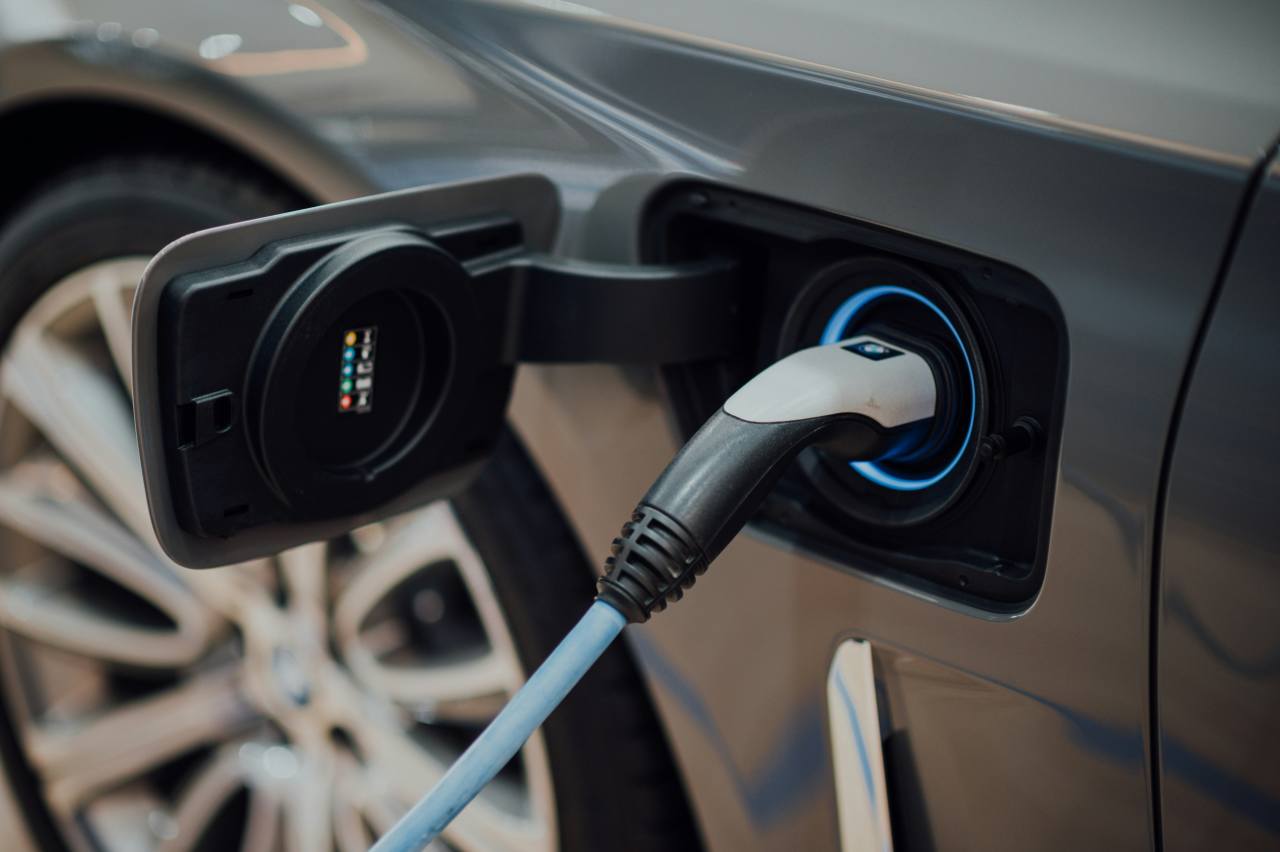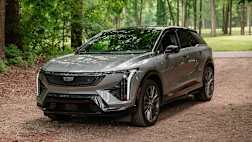People who enjoy the taste and sensation of dust in their teeth no doubt get a lot of joy out of tearing over wild terrain in their ATV or UTV, but nothing quite beats the combination of convenience, capability and toughness that you get from a full-sized off-road 4x4.
So far, however, if you want a vehicle like this but are determined to save the planet at the same time by choosing an electric powertrain, your options are somewhat limited, at least in Australia. But that will change.
There are certain four-wheel-drive (4WD) snobs who’d liken driving an electric 4WD to piloting a battery-operated, remote-controlled Traxxas car, but the prejudice is uncalled for: Electric Vehicles (EVs) have the grunt and torque to match any internal-combustion-engine (ICE) vehicle, and the technology in them is only getting better.
All-Wheel-Drive (AWD) is similar to 4WD in that power can be used for both the front and rear wheels for maximum traction, but 4WD is the only one of the two options that has serious off-road capabilities - in this article, we’ll be focusing solely on the latter.
The 4WD electric vehicle in Australia
Currently if you want an electric 4WD in Australia, your options are quite limited.
First, it’s important to know that currently there are two main contenders when it comes to the 4WD electric car: conversions, which are petrol or diesel vehicles that have been modified to EVs thanks to a conversion kit, and ground-up electric 4WD vehicles that are designed as EVs from the get-go.
At the moment conversions are only available for commercial use on large private grounds, and not the consumer market. Ground-up 4WD EVs are only for sale from specialist start-ups rather than established car manufacturers at this stage, but this will likely change in the not-too-distant future.
With the popularity of EVs set to increase drastically over the coming years, it will only be a matter of time before mainstream car brands are mass-producing electric 4WD vehicles. And indeed, one of the most famous in this field, Hummer, is not far off doing so.
Until that time comes, here’s what’s available, globally, and what’s eventually coming to a showroom near you.
GMC Hummer

GMC are throwing down the gauntlet and giving petrol and diesel-powered V8 4x4s a serious run for their money with a Hummer EV pick-up truck with a driving range of more than 560km from a 200kWh battery and an engine that delivers a whopping 2033Nm of torque. Read that again - two Newton kilometres of torque - it should be able to tow any reasonably sized planet. Excellently, the Hummer EV has a ‘crab mode’ that allows it to drive diagonally, and an off-road 'extract mode' can raise the air suspension approximately 15cm, giving the armoured undercarriage extra clearance. It went on sale in the US in 2022 and is currently offered in both pick up and SUV forms - but currently no plans have been announced to release either model in Australia.
BYD Ute
.jpg)
Yep, we know the BYD ute will launch before the end of 2024 with a plug-in hybrid drivetrain the brand dubs DM-i (for dual-motor intelligence), sporting electric motors on both axles supported by a 1.5-litre turbocharged engine. A similar system employed in BYD’s Fang Cheng Bao 5 SUV delivers a whopping 500kW/750Nm.
However, this will just be the beginning for the BYD ute, with a fully electric version said to be roughly 12 months behind the plug-in. It has yet to be seen, even overseas, but if it can deliver on the same value and performance which other BYD models have been able to, expect it to be a hit.
Toyota EPU

Toyota might be slow to the EV game, but expect it to make a statement when it finally arrives. While it may be a while off before we see a fully electric equivalent to the best-selling diesel HiLux, the EPU concept is perhaps a first look at what we can expect.
To be clear, the EPU is about half a size down from the HiLux, measuring 5070mm long, and rather than a ladder chassis, it will ride on a battery electric platform more akin to a standard car platform. A production version isn’t expected until 2026, and it is unclear whether the EPU will be only for left-hand drive markets, where smaller pick-ups like the Hyundai Santa Cruz and Ford Maverick sell in higher volumes.
Tesla Cybertruck

It may look like something out of a science fiction film, but the Tesla Cybertruck has serious power and off-road capability: 547km range, 4990kg towing capacity, a tray of nearly two metres and over 400mm ground clearance. It may or may not make it to Australian shores, but expect it to turn some serious heads if it ever does arrive.
We were one of the first Aussie outlets to get a chance to review it overseas, check our story out here.
Rivian R1T and R1S
.jpg)
US American electric car start-up Rivian has stepped up to the plate to take on Tesla with two off-road EVs with 4WD capability: the R1T ute and the R1S wagon. Both Ford and Amazon have invested hundreds of millions of dollars in the company, which eventually has plans to sell the R1T and the R1S in Australia. The most notable thing is that the R1T will feature Individual Wheel Drive (IWD), essentially assigning a motor to each wheel, which could make it the most capable off-roader to ever hit the market.
Canoo pick-up
.jpg)
Canoo is a US-based start up which specialises in light commercial-style vehicles, and plans to launch a ‘lifestyle vehicle’, delivery van, and of course a pick-up truck.
While Canoo has been beset with production delays and issues since its inception in 2017 its range of funky but rugged looking vehicles lean fully into the idea of building a van or a ute around a skateboard chassis underneath, making for a particularly cool design formula, which is also very modular.
The brand is taking pre-orders in the US at the moment, promising the choice of AWD or RWD, over 370kW of power, at least 320km of driving range and is targeting over 800kg of payload. Time will tell if it can escape its troubled start-up phase, but the brand is already looking to produce right-hand drive versions of its vehicles for use by the USPS.
Ford F-150 Lightning

If Bob Dylan going electric back in the ’60s caused controversy, wait till you see what happens now that Ford has created an all-electric version of its iconic F-150 model. Although unlikely to make it to Australia, at least for the time being, the F-150 Lightning arrived in the US in 2022 with two battery options, Standard and Extended Range, with the latter offering 483km of range and the former 370km.
In a glimmer of hope for those who would accept nothing else as an electric truck, the F150 Lightning has been spotted in Australia having been converted to right-hand drive by a third-party outfit AusEV.
Chevrolet Silverado EV

The Silverado EV is an entirely new proposition when compared to the combustion version currently converted to right-hand drive here in Australia.
Instead it sits on GM’s new Ultium EV platform which underpins other new fully electric vehicles in its range. Big batteries are matched by long driving ranges (644km+) and powerful electric motors, which combined can produce up to 495kW/1058Nm. It also sports a payload of 505kg and can tow over 3500kg.
Unfortunately it seems, despite a renewed push back into Australia with its Cadillac premium arm, General Motors is as yet uninterested in bringing the Silverado EV to Australia as a factory-backed option.
The future
With laws making the sale of ICE vehicles illegal in the near-future in some countries as well as Australia’s government finally making moves on emissions, expect everyone from Mitsubishi to Land Rover to have electric 4x4s on the market in the coming years.






.jpg)
.jpg)

.jpg)

.jpg)

.jpg)
.jpg)




.jpg)


.jpg)
